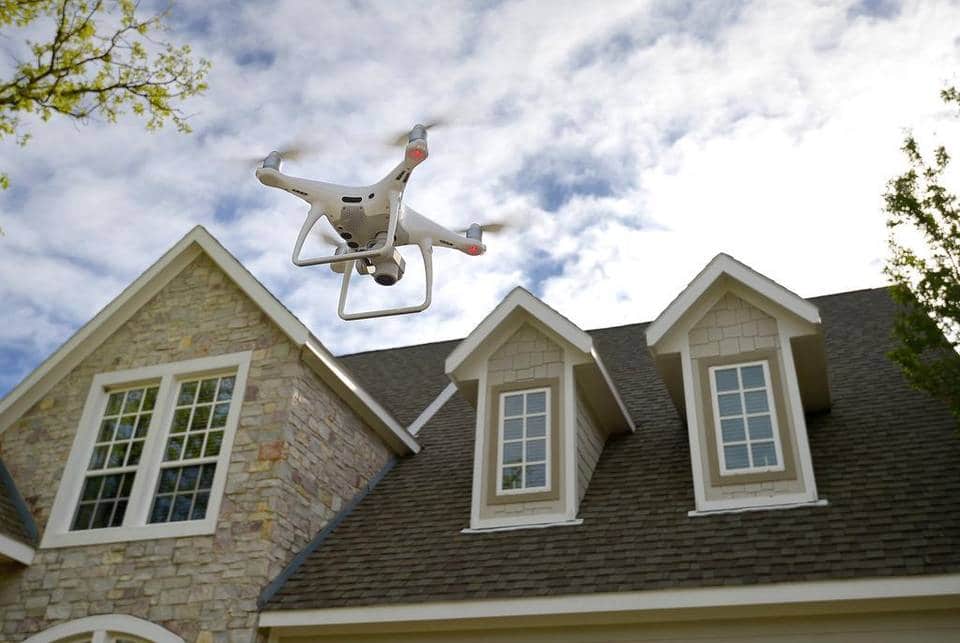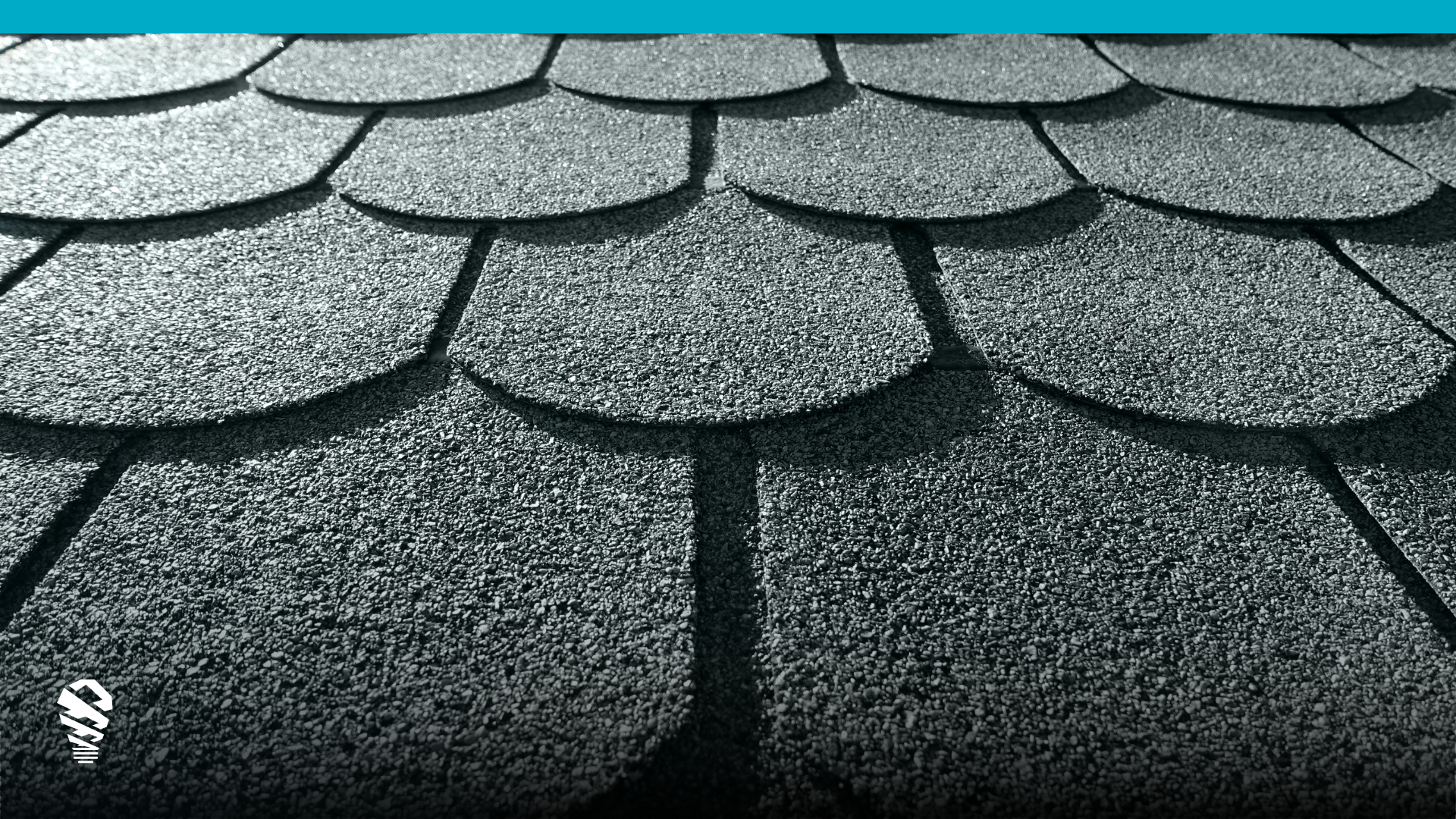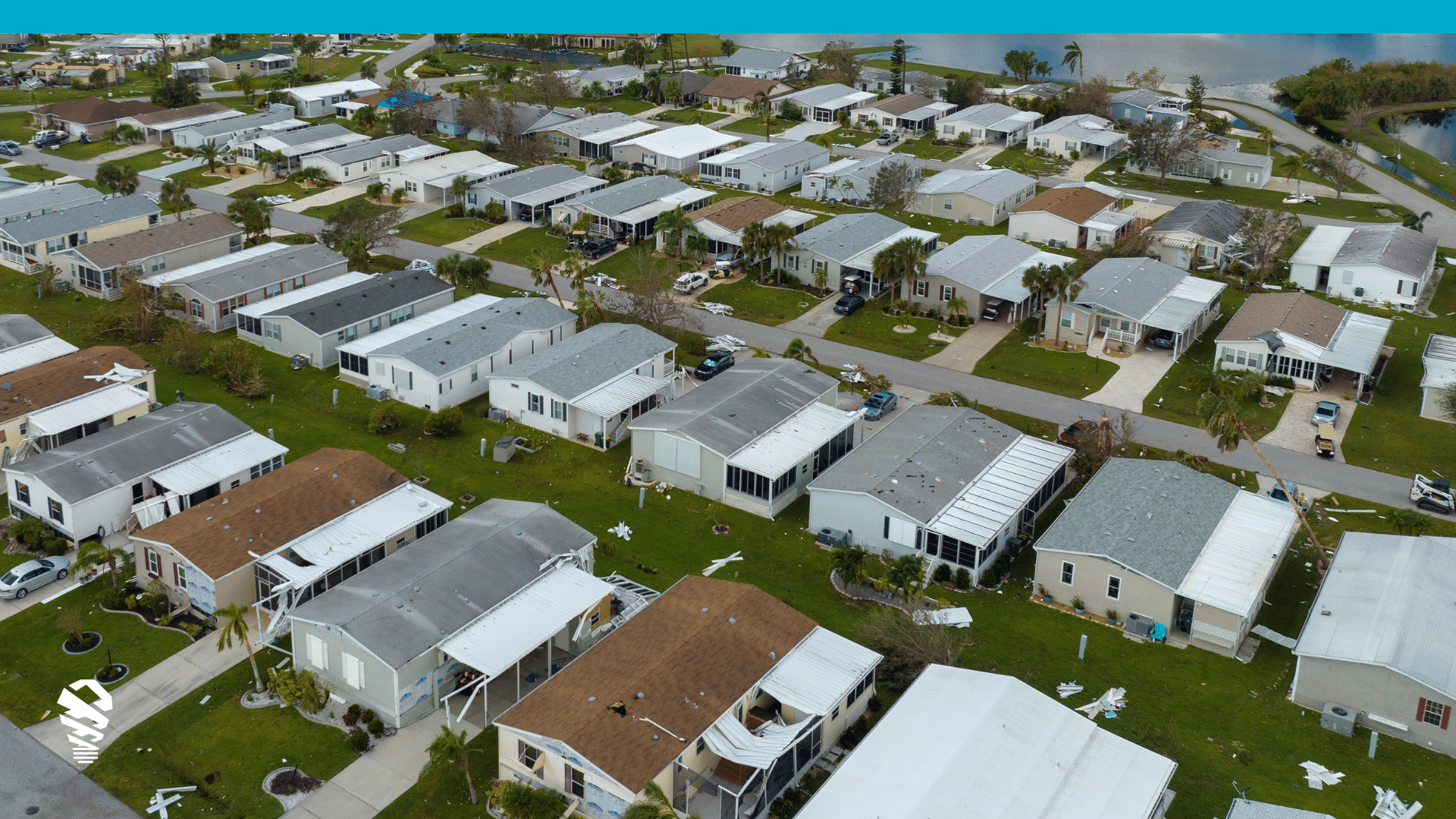This is taken from an article written by Bill Hanna for the Star-Telegram.
You can view the original article here.
DENTON – When Pam Wilson got a recent call asking if her insurance company could use a drone to inspect her hail-damaged roof, she didn’t hesitate to say yes.
“I thought it was pretty cool actually,” Wilson said. “My 16-year-old son is going to be so jealous.”
The sight of a small, four-propeller drone, camera attached, hovering above Wilson’s hail-damaged roof was enough to draw stares from passers-by as it buzzed around like an angry bee.
One neighbor who was pushing her baby in a stroller stopped to take a cellphone picture. A roofer driving by in a pickup hit the brakes and did a double take.
Soon, the use of drones to inspect roofs could become so routine that no one bats an eye.
“It’s something we’ve been looking at for a while but this is our first time using it,” said Carrie B. Bonney, a spokeswoman for Farmers Insurance.
The drones are in a testing phase but the hope is that the unmanned aircraft can check for damage far more quickly and safely than a human adjuster.
“Hopefully, we’ll get a faster inspection,” Bonney said. “In this case we’re going out and using the drone and then having an adjuster look at it. It could take an adjuster a few hours to inspect this roof where a drone could do it in 20 minutes.”
Farmers isn’t the first insurance company to try out drones. State Farm received permission to test drones in 2015 and used them last year around Atlanta and St. Louis.
State Farm, however, is not using drones to assess damage in the March 26 storm that ravaged parts of Denton and Collin counties, said spokesman Chris Pilcic. The Insurance Council of Texas has estimated the storm will have insured losses — mostly from hail damage — of about $300 million.
“We’ve been engaged in numerous test flights in a number of states to better understand how UAS [unmanned aircraft systems] technology might serve as an additional tool to our claim teams,” Pilcic said. “We can say that so far we are pleased with the progression of our research and development.”
Other insurance companies have also shown an interest in using the technology, and Mark Hanna, a spokesman for the industry group the Insurance Council of Texas, believes it will become commonplace.
“For a lot of insurance adjusters, the ladder might soon be a thing of the past,” Hanna said. “It’s easy to assess damage. It’s easier than getting up on the roof. It’s a very good diagnostic tool.”
Drone use on the rise
An FAA report released last month predicts the hobbyist drone fleet will triple from 1.1 million units in 2016 to over 3.5 million units by 2021, but noted that growth among hobbyists “is likely to slow” as prices stabilize and industry matures.
The report, titled “FAA Aerospace Trends 2017-2037,” also said the commercial drone fleet will grow tenfold from 42,000 in 2016 to 420,000 by 2021.
“The commercial drone sector is very dynamic and appears to be at an early stage of growth,” the report said. “Unlike the hobbyist sector, FAA anticipates that growth in this sector will continue to accelerate over the next few years.”
So far, the FAA’s line of sight rules don’t allow companies like Amazon to make deliveries to your home with drones, but one company has been allowed fly the unmanned devices without line of sight for agricultural use.
Provides great detail
Bill Breedlove, who was flying the drone for Farmers Insurance, has been a licensed pilot for 30 years. During it’s 20-minute flight of the roof, the drone, with a high-definition camera underneath, goes through a three-step process looking for damage.
“It takes pictures from the corners and the sides,” Breedlove said. “From the GPS position and the angle of the camera, it can decide the dimensions of the roof. The next phase is called the lawn mower phase where it scans the roof to get general details. And then final stage drops down to about 15 feet above the roof for a detailed picture.”
Compared to flying a plane, Breedlove said flying a drone isn’t difficult. The only concerns are keeping away from trees and dealing with windy Texas weather.
“The main thing is staying out of the way of other things in the air,” Breedlove said. “If you know the airspace and the FAA regulations, that’s pretty easy.”
Bill Hanna: 817-390-7698, @fwhanna



![How to Measure a Roof With a Drone [Updated April 2023]](https://www.lovelandinnovations.com/wp-content/uploads/2024/04/How-to-Measure-a-Roof-With-a-Drone-Updated-April-2023.png)




